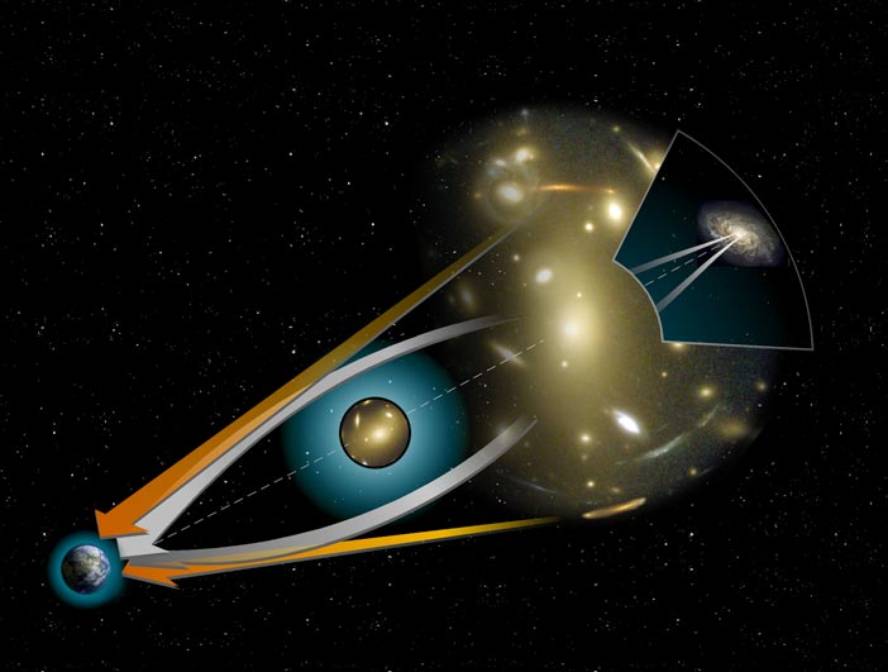100 years since obtaining the first test of relativity
On 29 May 1919, the first test of relativity was obtained on a day of eclipses. Einstein published four years earlier the general theory of relativity, a very progressive theory, but only a theoretical occurrence. An eclipse, however, would allow to prove whether one of the strange phenomena that preached that theory actually occurred or not.
In fact, the rays of light move correctly, but according to general relativity, if they pass by a large mass, for example, next to a star, the path of the rays gets worse. Thus, if the general theory of relativity were true, we should see the light of several stars that alone would be hidden behind the Sun, next to our star. The only way to check it was to look at a day of solar eclipse, because the Sun gives too much light to its side to see nothing else.
On May 29, 1919, the Moon caused a solar eclipse as it passed between the Sun and the Earth. Astrophysicist Arthur Eddington traveled to the island of Prince to see this eclipse, where he showed that yes, what actually happened predicted the theory of relativity.






